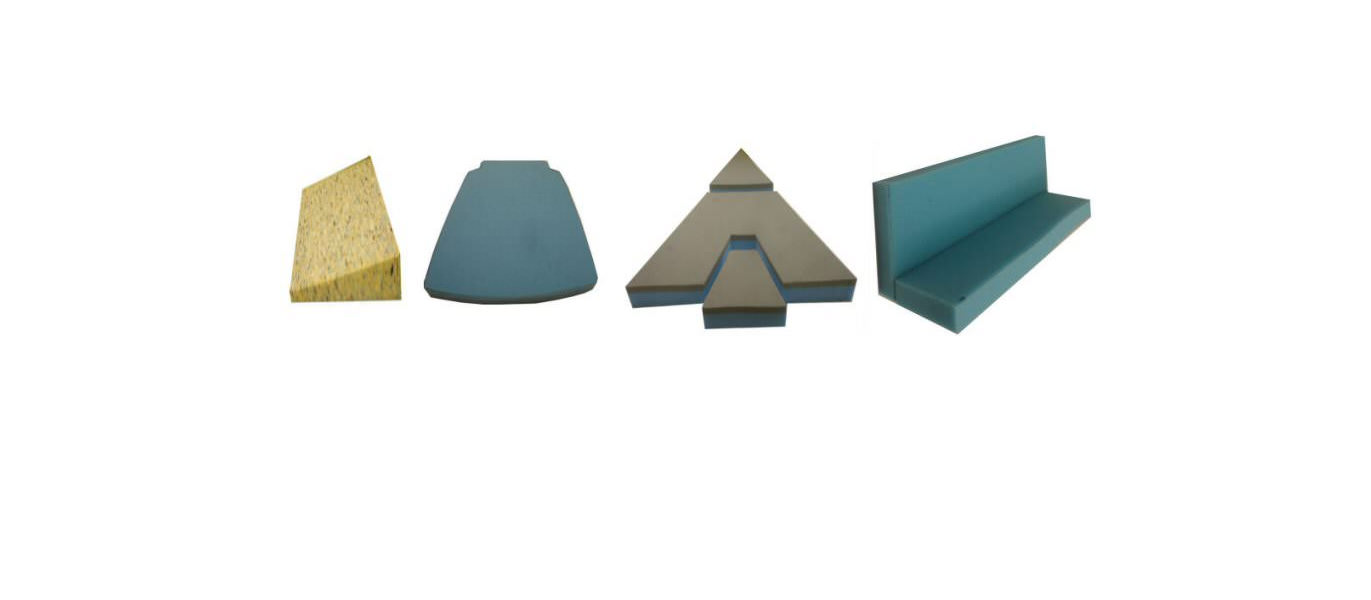The ideal foam for caravans, campervans, motorhomes and boats
Foam is one of the most popular fillings used in seat cushions and mattresses and there are a wide variety of grades to choose from to suit personal preferences. There are instances however when one cushion has to perform different uses. For instance the cushions used as the seats in many boats, caravans and motor-homes have to be able to convert into a mattress in the evening. The properties required for a seat cushion can be drastically different to those required by a mattress. With a seat cushion ones weight is distributed in a relatively small area, the cushion therefore needs to be quite supportive, particularly as the cushion is most likely to be on a hard surface such as a plywood base. Medium and high-density foams with a firm feel tend to be the preferred choice then for seating applications, however when these cushions are used to make the bed they can feel very firm as your bodyweight is spread over a much larger area than when seated. Using a softer foam in the cushion does then make for a more comfortable mattress but then when those cushions are used for seating purposes you can sink into them a long way and in certain cases even 'bottom out' on the cushions.
What then is the answer where before you have had to compromise? Well you could use a separate soft overlay on the cushions when you make them up into the bed, but then you have a large piece of foam to store during the day. Alternatively, and a much better solution is to have the cushion make out of two different foam grades laminated together, in effect building an overlay into the cushion. The bottom two thirds of the cushion is made using a high density firm feel foam and the top third is made from a high density soft feel foam. The firm feel foam provides a good supportive cushion when used as a seat and when those cushions are converted into a bed the built in softer top makes a mattress with a bit more give to it.


